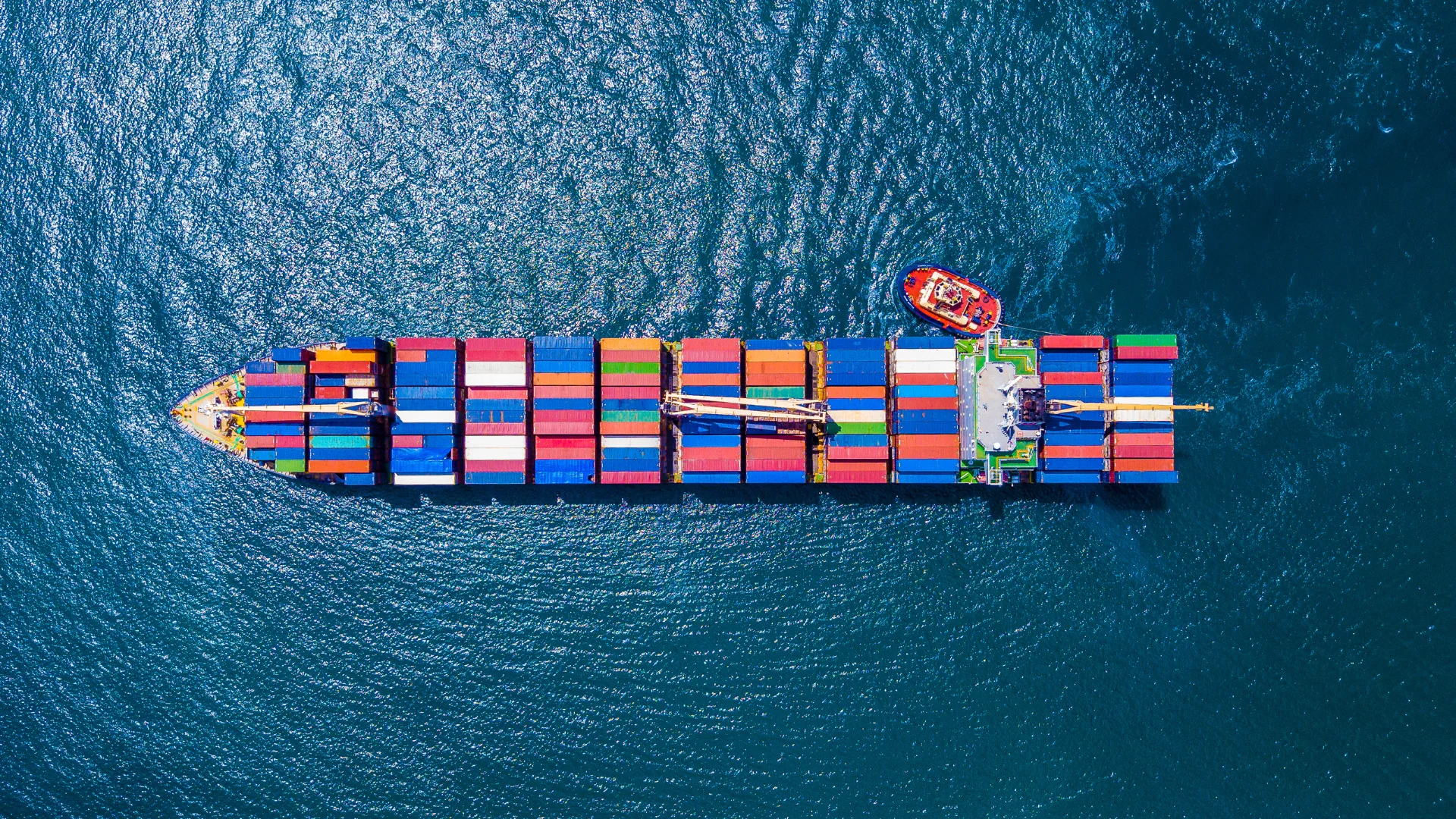
An International Shipping Checklist For You
International shipping has its own rules and considerations, which are often stricter than domestic shipping. Whether you’re shipping goods via air or ocean freight, it’s crucial to understand the specific requirements for each mode of transportation, especially regarding packaging materials.
1. Packaging Materials
When preparing your cargo for air freight, you need to consider two critical factors: size and weight. Air freight is generally more expensive due to limited space, and the weight of packaging materials can significantly impact costs. Airline companies have set specific weight and size limitations for cargo shipments. To ensure that your cargo adheres to these restrictions, verifying the maximum weight and dimensions allowed for air freight is crucial. Please comply with these limitations to avoid extra fees or the shipment’s rejection. If you require faster shipping times, air freight is the preferred option.
Ocean freight, on the other hand, offers a more economical solution but operates at a slower pace. If your schedule allows it, choosing ocean freight can be cost-effective, and you won’t incur additional charges for extra packaging.
Crates or Pallets
Many countries have stringent regulations to prevent the spread of pests and diseases through wooden packaging materials. Failure to comply with these guidelines can result in confiscating or destroying your goods and potential penalties. Before packing, it’s essential to understand your destination country’s shipping requirements thoroughly. Wooden materials that are not heat-treated, fumigated, or ISPM 15 compliant can be susceptible to carrying pests, which can severely threaten the destination country’s ecology.
ISPM 15, or International Standards For Phytosanitary Measures No. 15, is a standard set by the International Plant Protection Organization (IPPC) to ensure that wooden materials used for shipping are treated and safe for international travel.
Dangers of International Shipping
Untreated lumber risks the transference of invasive species (plant, insect, or otherwise) across international lines. While we have species native to the U.S.—like the pinewood nematode—such a pest could pose a massive threat to the ecology of the country of destination. No matter how microscopic, these critters can decimate a country’s native flora and fauna. The Eastern European Gypsy Moth alone can defoliate 700,000 acres of the Northeastern United States a year, causing millions of dollars in damage.
2. Packaging and Labeling Requirements
Environmental Considerations: Many countries have regulations regarding the environmental impact of packaging materials. Ensure your packaging complies with these regulations by using recyclable or biodegradable materials where possible.
Labeling Standards: Proper labeling is essential for international shipments. Labels should include clear information about the contents, country of origin, and handling instructions. To avoid complications, ensure labels meet the standards of both the shipping and receiving countries.
Temperature-Sensitive Goods: If shipping temperature-sensitive items, such as perishable food or pharmaceuticals, use appropriate packaging and labeling to ensure the goods remain in optimal condition. This might include insulated containers, gel packs, and clear handling instructions.

3. Duties, Customs & Incoterms
There are four documents you should look out for. The commercial invoice, the certificate of origin, the NAFTA certificate of origin, and the electronic export information. What are those, you ask?
- Commercial Invoice: This document lists the country of origin and details the products being shipped. It plays a central role in determining export tariff rates and importation control.
- Certificate of Origin: The exporter must sign this document to certify the country of origin for each product in the shipment. Some countries require notarization for this certificate.
- NAFTA Certificate of Origin: The United States—Mexico—Canada Agreement (USMCA) has replaced NAFTA. This certificate, specific to trade between Canada, Mexico, and the U.S., serves the same purpose as the standard Certificate of Origin.
- Electronic Export Information (EEI): This was formerly known as a Shipper’s Export Declaration. It is required for shipments over $2,500 and those needing export licenses. It documents export statistics and can be filed by you or your freight forwarder.
Global parcel shipping has customs documents and clearances, with the customer typically responsible for duties and taxes.
To streamline international commerce, the International Chamber of Commerce (ICC) publishes Incoterms, which clarify the responsibilities of buyers and sellers in foreign trade contracts. Some common Incoterms include:
The Most Common Incoterms Are:
EXW (Ex Works): The seller packages and prepares the goods for pickup, while the buyer is responsible for transport costs and risks. This arrangement favors the seller.
FOB (Free On Board): Location usually follows the designation of FOB, and it’s pertinent to how you use the term. Its shipping point, or sometimes origin, means that the buyer is responsible for multiple things. For the transport costs (as well as risks) while the freight is in transit. FOB destination means the seller is responsible for transport costs (as well as risks) while the cargo is in transit.
CIF (Cost, Insurance, and Freight): The seller is responsible for costs, freight, and insurance against the buyer’s risk of losing or damaging the goods while in transit.
CPT (Carriage Paid To): The seller is only responsible for ensuring the freight arrives safely to the carrier. The seller pays the cost after the seller drops the cargo off at a carrier’s or a place agreed upon. Liability shifts from seller to buyer when the freight is in a carrier’s possession.
DDU (Delivered Duty Unpaid): The seller is responsible for safely delivering the freight to its landing place. They are responsible for paying transit costs and liability for damage. Liability transfers to the buyer once the cargo arrives safely, including any subsequent transport costs.
DDP (Delivered Duty Paid): The seller takes on all responsibility, including costs, risks, export/import customs, etc., until the freight arrives at its destination.
Understanding these Incoterms is essential for successful international transactions.
4. Compliance with International Regulations
Customs Documentation: Accurate and complete customs documentation is critical to avoiding delays and fines. Ensure all required documents, such as commercial invoices, packing lists, and certificates of origin, are correctly prepared and accompany your shipment.
Import Regulations: Each country has unique import regulations that must be followed. These can include product-specific requirements, such as labeling, testing, and certification standards. Stay informed about your destination country’s rules to ensure compliance and avoid shipment rejection or penalties.
Tariffs and Duties: Understanding the tariff and duty rates for your products in the destination country is essential. These costs can significantly impact the overall expense of shipping goods internationally. Consider consulting with a customs broker or using online tools to estimate these fees in advance.
5. Risk Management and Insurance
Cargo Insurance: Protecting your shipment with cargo insurance is a wise investment. Cargo insurance covers loss or damage to your goods during transit, providing peace of mind and financial protection. Discuss insurance options with your shipping partner or a specialized insurer to find the best coverage.
Risk Assessment: Conduct a risk assessment to identify potential hazards impacting your shipment. Consider factors like weather conditions, geopolitical issues, and the reliability of transport routes. Develop a risk mitigation plan to address these concerns proactively.
Security Measures: Implement security measures to protect your shipment from theft and tampering. Use tamper-evident seals, GPS tracking, and secure packaging to safeguard your goods during transit. Ensure your shipping partner follows stringent security protocols.

